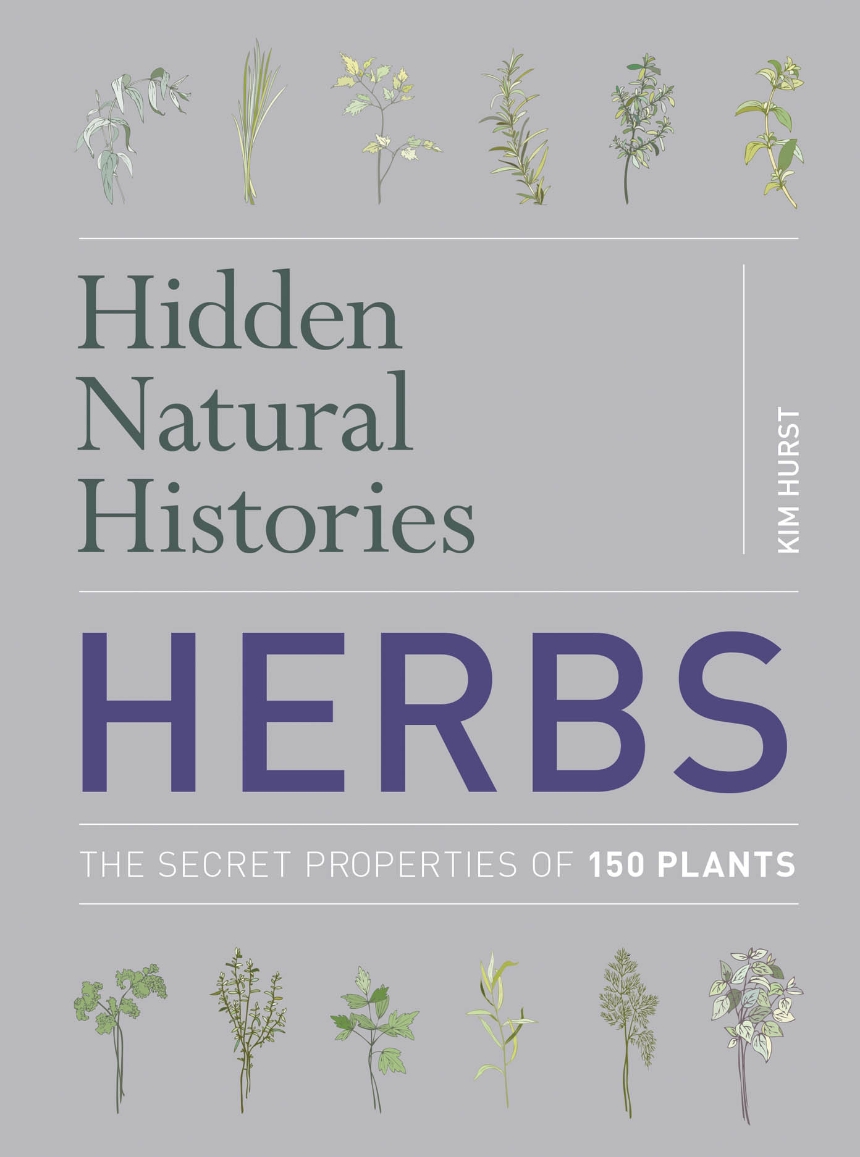Hidden Natural Histories: Herbs
Behind the pungent aroma of garlic and the cool, palate-cleansing taste of mint in our toothpaste are untold stories of human interactions with the natural world. Celebrating the human heritage of these and other natural phenomena, the new Hidden Natural Histories series offers fascinating insight into the cultivation and use of the bits of nature we take for granted in our daily lives. In Herbs, Kim Hurst concocts a delightful tale of the leafs, seeds, and flowers that for millennia have grown in our gardens, provided savor to our stews, and been used to treat our ailments. Many of herbs’ uses will surprise: rosemary, renowned for its piney flavor, has also been used to protect homes from thieves, aid memory, preserve youth, cure depression, and attract helpful garden elves. Packed with informative and beautiful illustrations—both new and from historical archives—Herbs will charm and enlighten anyone interested in our relationship with the natural world and will be a special delight for every chef, gourmand, gardener . . . or purveyor of garden elves.
